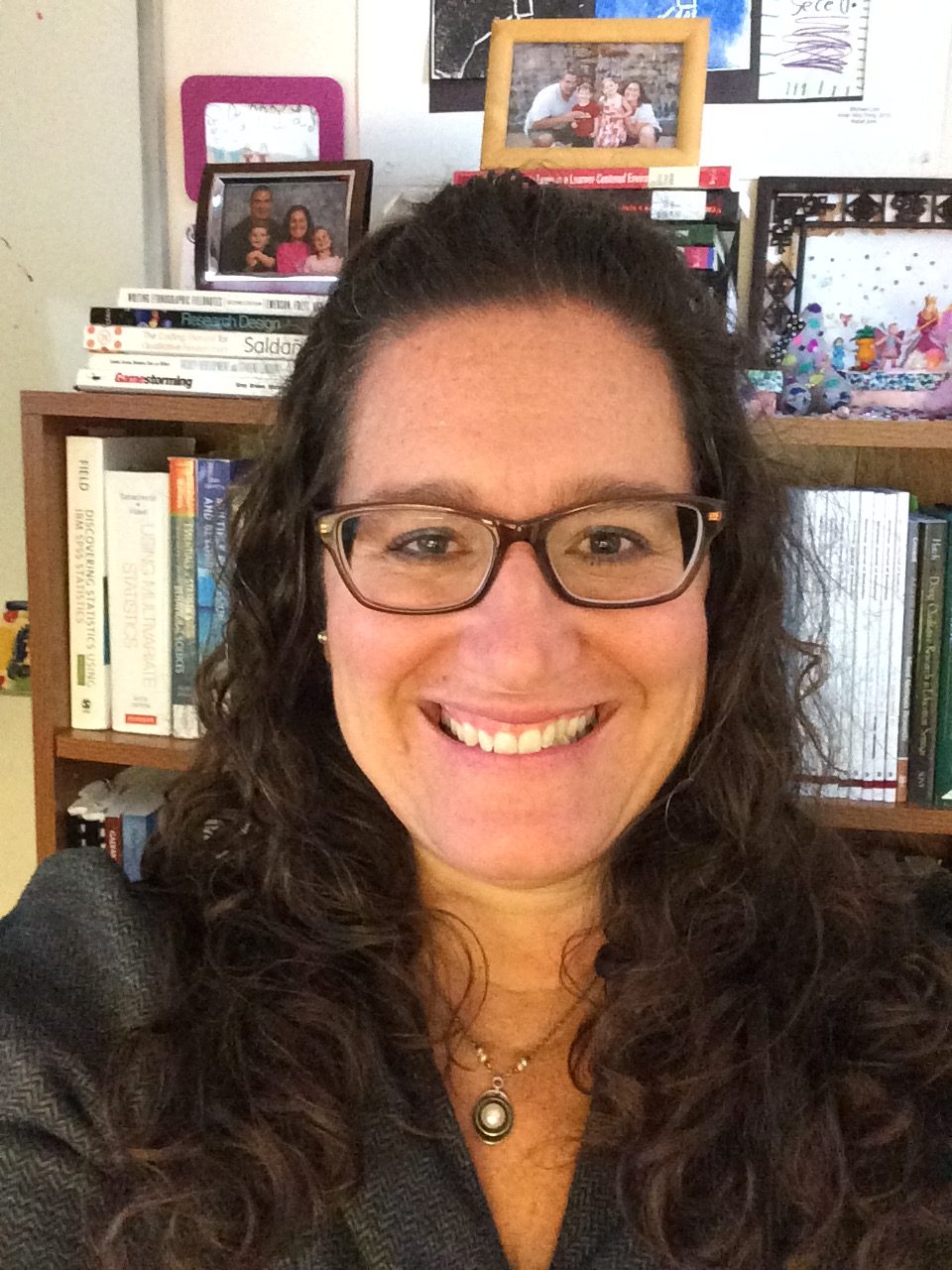
I am standing in the flooring section of one of those big box home improvement centers, looking at flooring and puzzling over three signs with options: “Better,” “Premium,” and “Platinum.”
I run my hand over the floor samples and wonder, “What are the criteria for categorizing? What makes a ‘platinum’ floor? Will a ‘better’ floor be sufficient for my home?”
It’s not unusual for me to think about evaluation while out in the natural world. At this moment, as I talk with store associates (about supply chain issues and extended wait times resulting from the pandemic) my mind wanders to a challenging situation I worked on with a client.
Facing A Gap in Industry Partnerships
The client who comes to mind had thoughtfully planned for industry partner involvement in every program stage from curriculum design to assessing new employee skills.
After over two decades in education and evaluation, I know that solid planning, starting with the proposal-writing stage, is essential. But, even with the best-laid plans, agile assessment and evaluation techniques are also a must.
We couldn’t have anticipated the pandemic interrupting this machine-based learning program. Nor could we have foreseen a significant change in school program leadership as the project was funded. We had a profound gap at the industry partner level, and we needed help.
Ask the People You Serve
In the spring of 2021, after a year of pandemic life, this program’s industry partners were facing inward, focused on running businesses during a pandemic. At the same time, the school was still navigating the challenges of a hands-on, machine-based program.
When I suggested we ask the students where and whether they were working and what they valued/needed from the program to be ready for the workforce, I was met with some resistance. Curiously, programs are often reluctant to gather information from the people they intend to serve.
But, having faced this resistance before, I encouraged the client to give it a try, and we added questions to our spring student survey and interviews. The result? We learned of five new businesses that employed students! This simple solution refreshed the program, making new connections while filling in the gaps left by neglected and diminishing business partnerships during the pandemic.
Better, Premium, Platinum
A Better program might be the one we pre-plan for, the one that includes the industry partnerships we reached out to while we were developing the proposal. This program’s polished finish looks good, but we won’t be able to tell if it can withstand the test of time until we engage.
A Premium program is one with a bit more gloss on the finish. It has withstood the logistics of life, showing maybe just a little wear and tear.
Platinum programs prove themselves strong over time and are agile. By knowing about the current, specific knowledge and needs of the people they serve, they stay strong and shiny, even in extreme conditions.
Which floors did we choose? I bet you can guess.

Except where noted, all content on this website is licensed under a Creative Commons Attribution-NonCommercial-ShareAlike 4.0 International License.






 EvaluATE is supported by the National Science Foundation under grant number 2332143. Any opinions, findings, and conclusions or recommendations expressed on this site are those of the authors and do not necessarily reflect the views of the National Science Foundation.
EvaluATE is supported by the National Science Foundation under grant number 2332143. Any opinions, findings, and conclusions or recommendations expressed on this site are those of the authors and do not necessarily reflect the views of the National Science Foundation.